Many insects have jobs similar to humans. Did you know Many of the ways it works are absolutely fascinating.
This does not mean that such creatures have human characteristics. Their activities are not what any of their first ancestors taught and passed on to them. What prompts them to act and do things according to their particular way of life is the instinct of God.
Beetle in the grave area
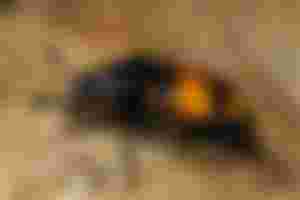
See the mold of the sacristan beetle. This guy is an undertaker! Lured by the stench, he and his companion rush to bury mice, frogs, snakes, lizards, squirrels, rabbits, and other similar-sized corpses.
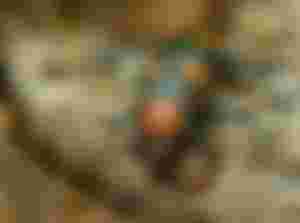
How do they do it? Of course, each corpse brings new burial problems with it, with different body sizes and positions. The soil on which it rests also varies from place to place.
First, these insects inspect the corpse by walking on and around it. After doing this successfully, they crawl under it. Using their little heads and feet as digging tools, they begin a digging operation by dumping dirt under the body. The male usually digs more. The female enters the carcass to lay eggs. The work is hard and slow, but you are constant. From time to time, little "breaks" are taken. Little by little, the body sinks into the earth, its own weight carries it.
About two weeks after the funeral, the beetle's eggs hatched from the corpse. And there, in that disgusting room, the young sexton beetles will live off the protein-rich dead meat that surrounds them.
A scientist discovered that two of these beetles buried a seven-centimeter mole underground overnight. He was amazed that this feat was comparable to that of two men who found a dead elephant and buried it 20 feet deep in 12 hours! Saw these insects. In fifty days they buried twelve corpses of frogs, fish, birds and four-legged friends.
Another insect with an unusual occupation is the tumblebug or dung beetle.
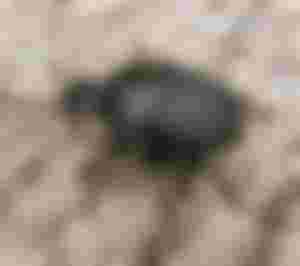
He and his kind roll balls of dung around,often many times their size and weight. Like babies throw giant snowballs, these insects build their smelly balls to a certain size and then bury them. It's fun to watch them roll a ball of manure. Often they fall or fall, rise up and start over. Hence its name Tumblebug.
Although these bug-eating insects help keep the soil clean, their fragrant occupation serves their interests. Inside these dung balls are the eggs they have laid. When their young are born, they feed on this decomposing material.
A master tailor
This is what you would call the caterpillar of the American tortoiseshell butterfly.
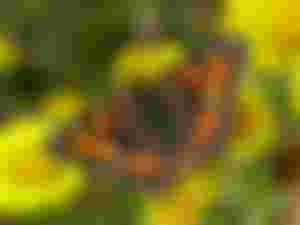
Its job is to make a silk-filled coat. The finished product is a remarkable model of warmth and cleanliness. The amazing thing is that he doesn't use models or scissors like humans do. It has its own kind of sewing device. And make your needle and your thread. Very cheap and practical accommodation.
Its cutting tools are its strong jaws and some small, sharp teeth. With that, it cuts a sheet directly as if it were following a previously drawn line. Then divide the individual sheet so that the two parts are exactly the same shape and size. All without rule. Then sew the two pieces of foil around the edges, so that the formed jacket looks like a small cylinder. These tight-fitting pieces are sewn with such precision that you need a microscope to see the seam.
Where do cable come from? Out of its mouth. Yes, a tube in the back of the jaw provides silk. Since this caterpillar wants its fur to be warm, it uses it with the softest silk imaginable. When you crawl there at night, it's hot as a toast.
Peasants carrying leaves
Leaf ants are abundant in the American tropics.

Your work is unusual. They march rapidly on two pillars, with one pillar approaching a bush or tree and the other coming from a bush or tree that may be a mile or more from their nest. Those in the return row carry the sheets on their backs.
It is fascinating to watch them work. They climb a tree or bush, grab a leaf, and then use their jaws like scissors to quickly cut two converging cracks that almost meet. One quick tear and the triangular piece of green will come off. Each ant usually makes its own cut. But sometimes you can make the cut while others on the ground pick up and remove the fallen pieces. When the Cutter is tired, another ant catches him and goes down the stairs to join the transport team.
These ants carry loads up to four times heavier than a kilometer or more! Like ants, says naturalist A. Hyatt Verrill, their day trips were estimated at nearly three thousand miles for us! To appreciate this, imagine a man who rushes from New York to California one day and returns the next day, day after day, week after week. And every time he returns, he carries a load of two or three hundred pounds!
Why do these ants do this hard work? They do this as part of their main occupation. What is that? Farming! The leaves they support serve as food for a fungus or mushroom that grows in their nest. First they cut the leaves and chew them into balls or grains. Then they push them to the surface of the garden. Before long, the granules will be covered by a fungal growth of fine white threads. And the liquid produced by these threads is used as food for foliage pots.
There are many other insects that have work. Insects include carpenters, bricklayers, tunnel builders, road builders, baskets, tents, miners, and others. Their strange working methods surprise those who study them.

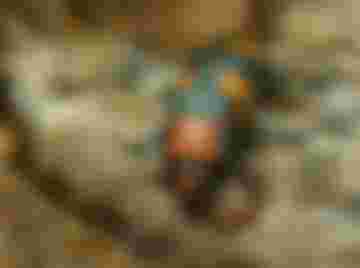



Wow just amazing. You really doing great work. Your writing skill are top class. Also your photos. To capture insects is not a easy work. But you do it beautifully. I really amazed to see your talents. I think you continue your work. Keep it up dear. God bless you